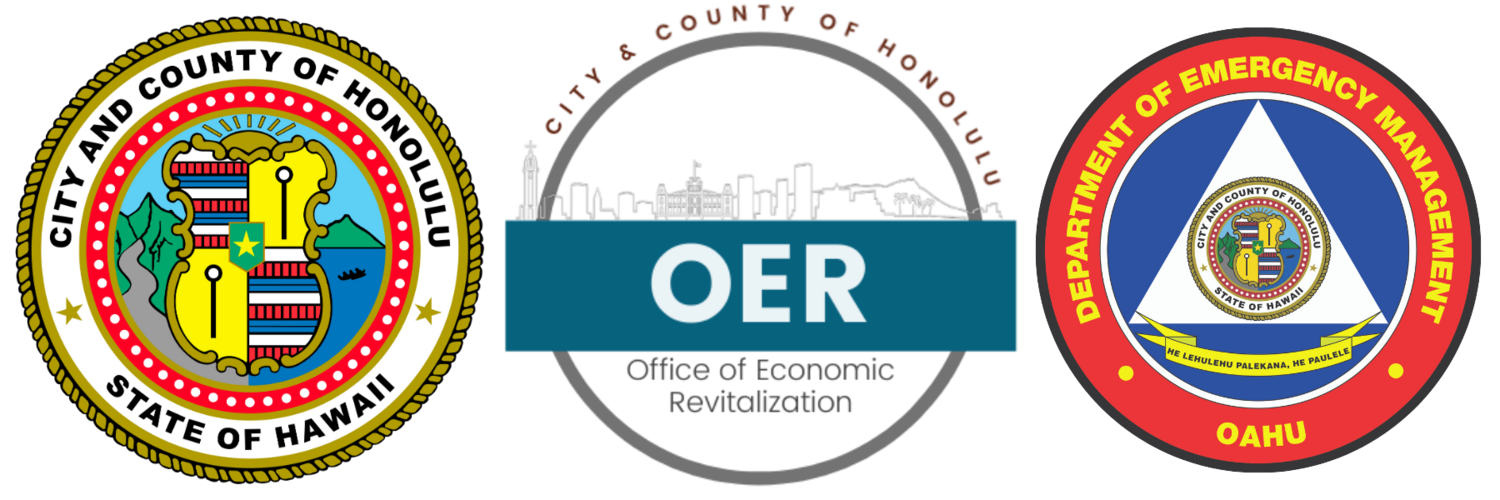Episode 51: The City’s new Homeless Coordinator
This week, the City’s new Homeless Coordinator, Sam Moku, joins host Brandi Higa on the One O’ahu Podcast to discuss his transition into this new role, Iwilei Center and additional properties coming online to assist homeless individuals, and this year’s Point-In-Time Count.
Listen Now:
Transitioning to a new role
In a decisive move to address the pressing issue of homelessness in Honolulu, Mayor Rick Blangiardi announced on Jan. 9, 2024, the appointment of Sam Moku as the new Homeless Coordinator for the City’s Department of Community Services. Moku most recently served as the Mayor’s Chief of Staff.
“I’m understanding exactly what Anton, who has been carrying the torch for the homeless efforts, is looking towards and building in this space,” explained Moku. “I feel pretty comfortable but you know there is a sense of urgency in order to execute.”
Moku previously served as Director of the Department of Community Services under Mayor Peter Carlisle.
Shelter for our most vulnerable
Iwilei Center, a property purchased by the City, will be a space for homeless individuals to receive shelter and services in the very near future. It has the potential for approximately 100 beds with the ability to expand from there.
“We’re working with the State, which has been a great partner not just recently but throughout the years of the administration,” said Moku. “We are really working hard to figure out the types of services that we will provide at every level.”
Besides Iwilei Center, Moku goes on to talk about the other properties coming online in the next year to help our homeless population including Waikīkī Vista and Pauahi Hale.
2024 Point-in-Time Count
The Point-in-Time (PIT) count is a count of sheltered and unsheltered people experiencing homelessness on a single night in January. On this episode of the One O’ahu Podcast, Sam Moku talks about this year’s PIT count and his conversation with a couple of individuals who participated in this year’s count.
“For Honolulu, it gives us a pulse of where our encampments are, the type of people that are out there who are homeless, in particular if they are kupuna, children, and families, individuals, males, females, (and) we get kind of a status report (of) where they are,” answered Sam Moku when asked about the data gathered in the PIT count.
After the PIT count data is gathered and reviewed, it is published in a report, usually released in May.
